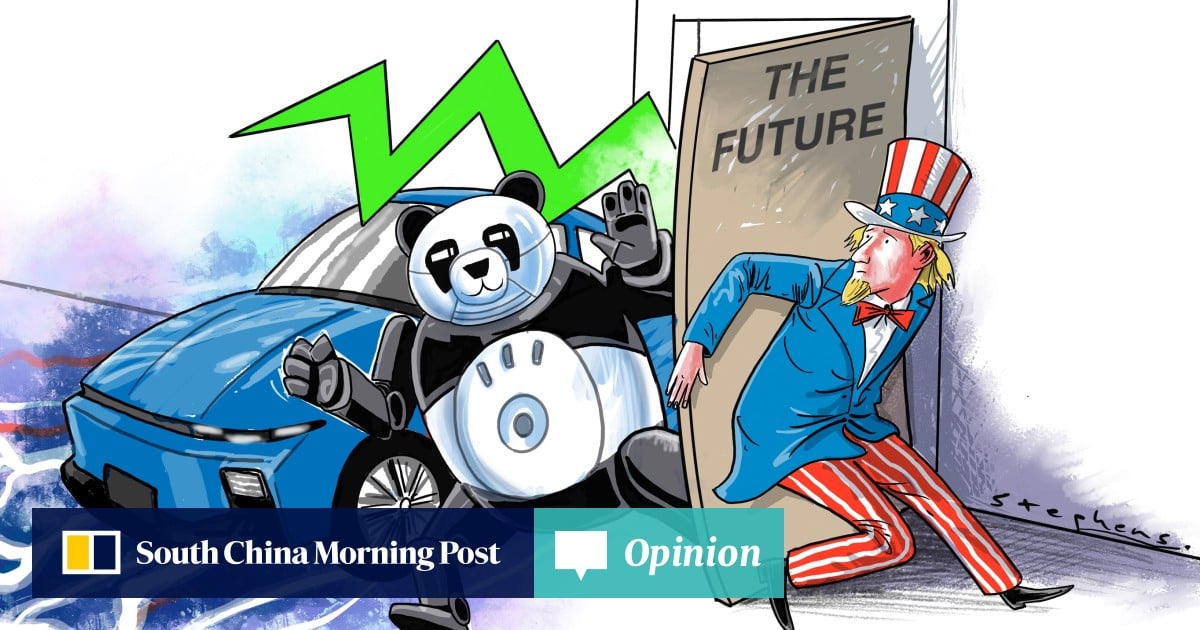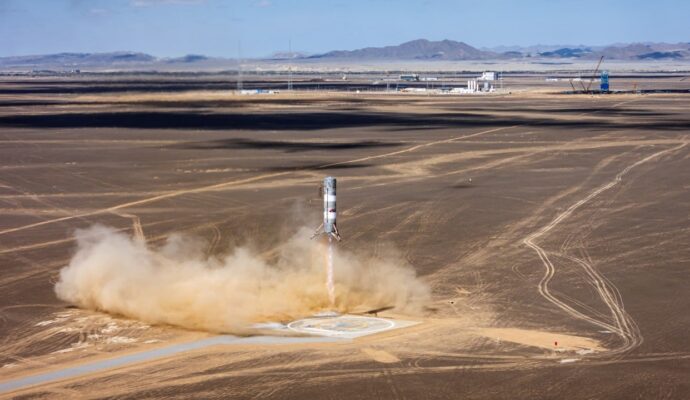
In their op-ed in The New York Times, economists David Autor and Gordon Hanson – whose work first defined the “China Shock” – warn of a new wave of disruption, one they label “China Shock 2.0”, this time driven not by textiles or toys, but by electric vehicles (EVs), clean energy, artificial intelligence and biotechnology. The fear is that China is no longer merely catching up but is poised to overtake in sectors that once defined Western leadership.
Advertisement
Yet the term “China Shock 2.0” practically begs misinterpretation. Both authors clearly understand this: they speak against the reflexive protectionism that such a framing inspires and posit instead a forward-facing ideal of careful investment and subsidy.
It must be stressed that today’s changes are not a repeat of past disruptions. They are not about factory closures or lost jobs; they are about the construction of entirely new systems and industries. China is not here as a destabiliser, but as a builder.
If the 19th century belonged to steam and the United Kingdom, and the 20th century to silicon and the United States, then the 21st century will belong to those who lead the green transition. China is doing just that. The benefits are being felt worldwide. In 2023 alone, China installed more solar capacity than the entire rest of the world combined: 1.6 times as much. It had nearly double the rest of the world’s wind installations and is driving down clean energy costs worldwide.
Advertisement
The cost of solar panels has dropped from 24 US cents per watt of capacity in 2023 to just 11 US cents in 2024. China is not so much supporting the green transition as underwriting it.

